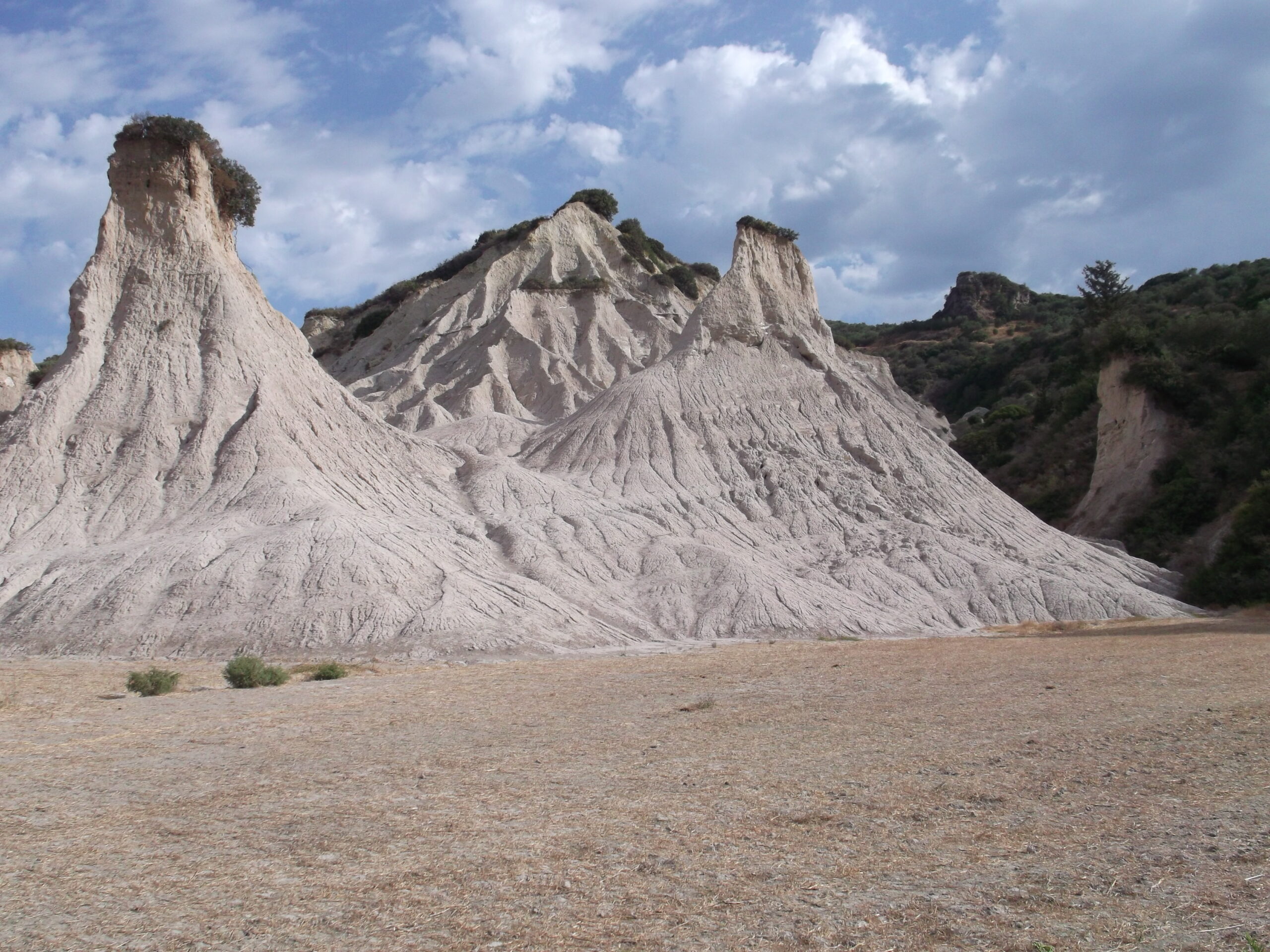Around 5.5 million years ago, the Mediterranean Sea became isolated from the Atlantic Ocean due to tectonic movements. This geological event, which caused the Mediterranean to partially dry up, is known as the Messinian Salinity Crisis and led to the formation of a massive salt accumulation that dramatically altered its biodiversity.
Now, an international team led by Konstantina Agiadi from the University of Vienna, with the involvement of researchers from the CSIC’s Geosciences Barcelona (GEO3BCN) and the Institute of Marine Sciences (ICM), has quantified for the first time how the salinization of the Mediterranean affected marine life. The study, published in Science, concludes that only 11% of endemic species survived the crisis, and biodiversity did not recover until at least 1.7 million years later.
Throughout history, the movement of the lithosphere (the Earth’s most solid and superficial layer) has repeatedly isolated regional seas from the global ocean, leading to massive accumulations of salt deposits, known as ‘salt giants’. The geoscientific community has discovered salt giants containing thousands of cubic kilometers of salt in Europe, Australia, Siberia, the Middle East, and other regions. These salt deposits are valuable natural resources that have been exploited from ancient times to the present day, such as the Hallstatt mine in Austria or the Khewra salt mine in Pakistan.
This new study focuses on the Mediterranean Salt Giant, a kilometer-thick salt layer beneath this sea, first discovered in the early 1970s. With this research, the team, consisting of 29 scientists from 25 institutions across Europe, has quantified the loss of biodiversity in the Mediterranean during the Miocene and the subsequent biotic recovery.
A significant impact on marine biodiversity
After several decades of meticulous research on fossils dated between 12 and 3.6 million years, found on land in peri-Mediterranean countries and in deep-water sediment cores, the team discovered that nearly 67% of marine species in the Mediterranean after the crisis were different from those existing before it. Only 86 of the 779 endemic species (those documented exclusively in the Mediterranean before the crisis) survived the massive change in living conditions following the separation from the Atlantic.
The restriction of the straits between the Mediterranean and the Atlantic resulted in abrupt fluctuations in salinity and temperature, altered the migration routes of marine organisms, disrupted larval and plankton flow, and disturbed central ecosystem processes. These changes led to the extinction of a large portion of Mediterranean fauna of that era, including tropical reef-building corals.
After the reconnection with the Atlantic and the colonization by new ocean species like the great white shark and oceanic dolphins, the Mediterranean’s marine biodiversity took on a new pattern, with a decreasing number of species from west to east, similar to what is observed today.
Recovery took longer than expected
Given that peripheral seas like the Mediterranean are important biodiversity hotspots, there was a strong likelihood that the formation of salt giants throughout geological history would have a significant impact, but it had not been quantified until now. “Our study provides the first statistical analysis of such a major ecological crisis,” explains lead author Konstantina Agiadi.
Moreover, the research quantifies for the first time the recovery times after a major marine environmental crisis, which are much longer than expected: “Biodiversity in terms of species numbers only recovered after more than 1.7 million years.” The methods used in the study also provide a model linking plate tectonics with the birth and death of oceans, salt accumulation, and marine life—a model that could be applicable to other regions of the world.
“The results raise a number of new challenges and questions,” says Daniel García-Castellanos, a researcher at GEO3BCN-CSIC and co-author of the study: “How and where did 11% of the species survive the salinization of the Mediterranean? What effect did removing 5% of the dissolved salt from the global ocean have? How did ecosystems and the Earth system change due to larger salt formations in the geological past?.”
“This study also provides very relevant information on how processes from the distant past may have influenced the marine biodiversity patterns we observe today and pose new questions yet to be resolved,” notes Marta Coll, a researcher at ICM-CSIC and co-author of the work.
These questions will be addressed by the recently established COST Action Network, named SaltAges. The initiative, set to begin in October with funding from the European Commission, is open to all scientific teams aiming to explore the social, biological, and climatic impacts of the salt ages.
Reference
Agiadi, K., Hohmann, N., Gliozzi, E., Thivaiou, D., Bosellini, F. R., Taviani, M., Bianucci, G., Collareta, A., Londeix, L., Faranda, C., Bulian, F., Koskeridou, E., Lozar, F., Mancini, A. M., Dominici, S., Moissette, P., Campos, I. B., Borghi, E., Iliopoulos, G., … García-Castellanos, D. (2024). The marine biodiversity impact of the Late Miocene Mediterranean salinity crisis. Science, 385(6712), 986–991. https://doi.org/10.1126/science.adp3703
Further information

